How long is a cricket match? Match duration, facts and all the details
Cricket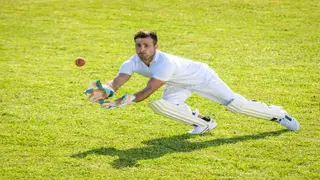
Like in any other competitive sport, rules govern passing and dribbling the puck only with their stick and moving it towards the opposing team's goalie. It is pretty common to see players who commit infractions fined, suspended or penalized. Dig in here to learn more about what icing is in hockey.
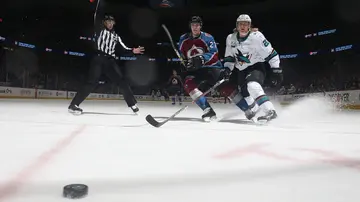
Why is icing important in hockey? Although the action is considered an infraction by the National Hockey League, it is also a defensive strategy teams use to disrupt an offensive play. This article will dive into details of what the icing rule is in hockey and the NHL rules governing the practice, penalties as well as defensive usefulness.
The National Hockey League defines icing as an action where a puck is initially propelled from a team's half beyond the opposing team's goal line. For the action to be viewed as icing, the puck must be shot by a player in the team in possession. Generally, it is considered a violation rather than a minor or major penalty and only results in the stoppage of a play.
How long is a cricket match? Match duration, facts and all the details
Cricket
The American Hockey League defines icing the puck similarly. According to Rule 624(a), If a team member shoots, bats or deflects the puck from their team's half of the ice beyond the opposing team's goal line. If the puck enters the goal legitimately, the score shall be allowed.
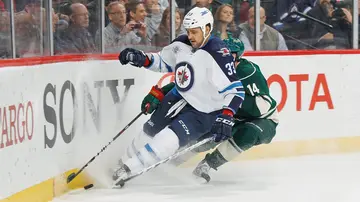
The National Hockey League introduced the rule in 1937 to curb time wastage. Over the years, it has undergone changes, with the most recent modifications implemented in 2013.
The rules stipulate that an infraction will have occurred if a player shoots or hits the puck from across the centre red line past the opposing team's goal post without other players or the goalie touching it. In this case, an infraction will be called. The lineman must determine the point of the last contact with the puck for this infraction to be called.
What is softball? Rules, history, and facts of the sport
Other Sports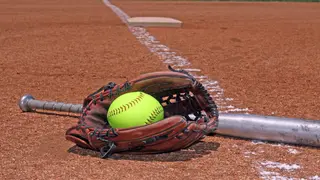
A call refers to a judgement made by the linesman on the infraction. Before calling the violation, the linesman must ascertain that the puck crossed the goal line and the last point of contact among attacking or defending players.
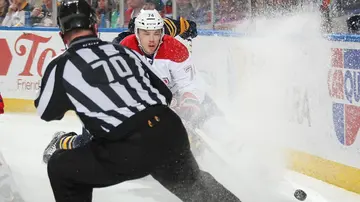
A potential call is signalled by the linesman holding their free arm straight into the air. Once the call is confirmed, the linesman signs by crossing off their arms and moving to the face-off location.
What is the penalty for icing in hockey? The play is stopped once the infraction is called, and a face-off will be initiated on the offending team's side.
There are nine face-off positions on the rink. According to NHL Rule 81.2, the attacking team has a choice on which end zone face-off dots the face-off will take place after the stoppage of the play.
30 of the most hilarious hockey puns to crack your ribs
NHL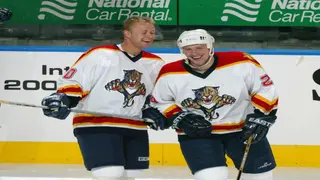
However, the infraction will not be called if the offending player's hockey stick and not skate made complete contact with the centre red line at the time of the violation. Additionally, if the referee judges that the defending team purposely abstained from playing the puck, the rule will be waived, and instead, the referee will stop the play and order a face-off close to the offending team's goal. Here are more instances that shall not be considered a violation of the NHL rule.
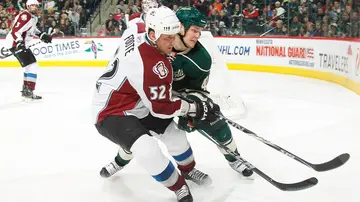
What is a touchback in football? Definition, meaning and explanation
Football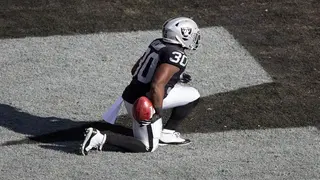
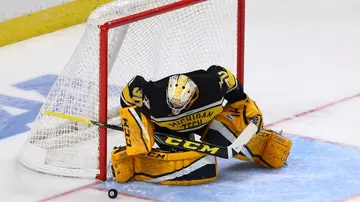
Before the introduction of the rule in 1937, the violation was used by teams as a delaying strategy. It has also been used to tire out the defending team, thus creating scoring opportunities later in the game. Players can use it to kill a penalty or a power play and, in this case, relieve pressure off the team.
It can be used as a defensive strategy to prevent the offence from scoring by clearing the puck out of the defending zone. A line change on icing can bypass an illegal substitution without attracting a penalty or suspension.
There are three types of icing rules, including touch, no-touch and hybrid. American college hockey uses the no-touch, while other levels are known to use the hybrid rule.
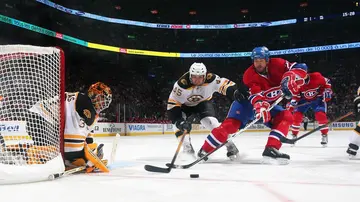
The National Hockey League has used the rule since 1937. However, rule changes prompted by safety concerns led to the introduction of the hybrid-icing rule to the League in the 2013-14 NHL season. Once a potential infraction occurs, the rule allows any player from the team that had possession of the puck to get the infraction waived off by touching the puck before it crosses to the opposing team's side.
What are the lacrosse rules and regulations? How to play the game
Other Sports
The rule is a compromise and includes aspects of both the touching and no-touching rules. The rule allows the linesman to stop the play and call the infraction. The hybrid rule is linked with reduced injury incidences.
One of the differences between hybrid and touch icing is that once a potential infraction occurs, the offending side can have the icing waived off by racing to the designated hash marks rather than racing after the puck. The offence is called if a defending team member reaches the hash marks first.
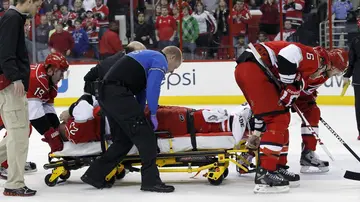
The rule is also called automatic icing. In this rule, play stoppage is initiated immediately after the puck is shot past the centre red line and the opposing team's goal line. Youth leagues primarily use the rule as it reduces the chances of injury.
In 2012, the American Hockey League introduced a no-touching hydric icing rule change. The rules dictated that players who cover the puck with their hands to conceal it to stop an opponent from playing it will be assessed minor penalties. A player who bats the puck with their hands to win a face-off will also be assessed a two-minute infraction.
What does ISO mean in basketball? The ultimate guide to understanding ISO ball
NBA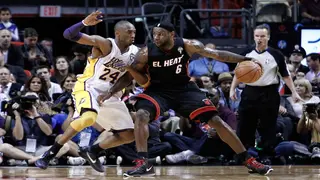
While the infraction occurs when a puck crosses from the offence to the defending side, an offside violation occurs when a player crosses the central red line to the opposing team's side before the puck does. The infraction applies to the player's whole body and skates. However, the violation will not be called if the player's stick is over the line.
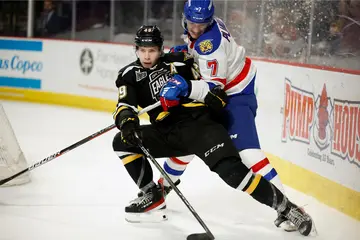
The traditional knowledge of what icing is in hockey has evolved to improve the game. From reducing playing time to injury incidence, stopping the infraction has become the norm rather than causing one.
READ ALSO: What is a hat trick in hockey, and who has the most hat tricks in NHL history?
Sports Brief recently published an article highlighting various types of achievements on a hockey rink, particularly the hat trick. The ability of a player to score consecutive goals is awe-inspiring.
However, players have been known to surpass a single hat trick achievement, scoring double and even quadruple hat tricks. Click on the link above and discover which hockey players have scored the most hat tricks throughout the history of a game.